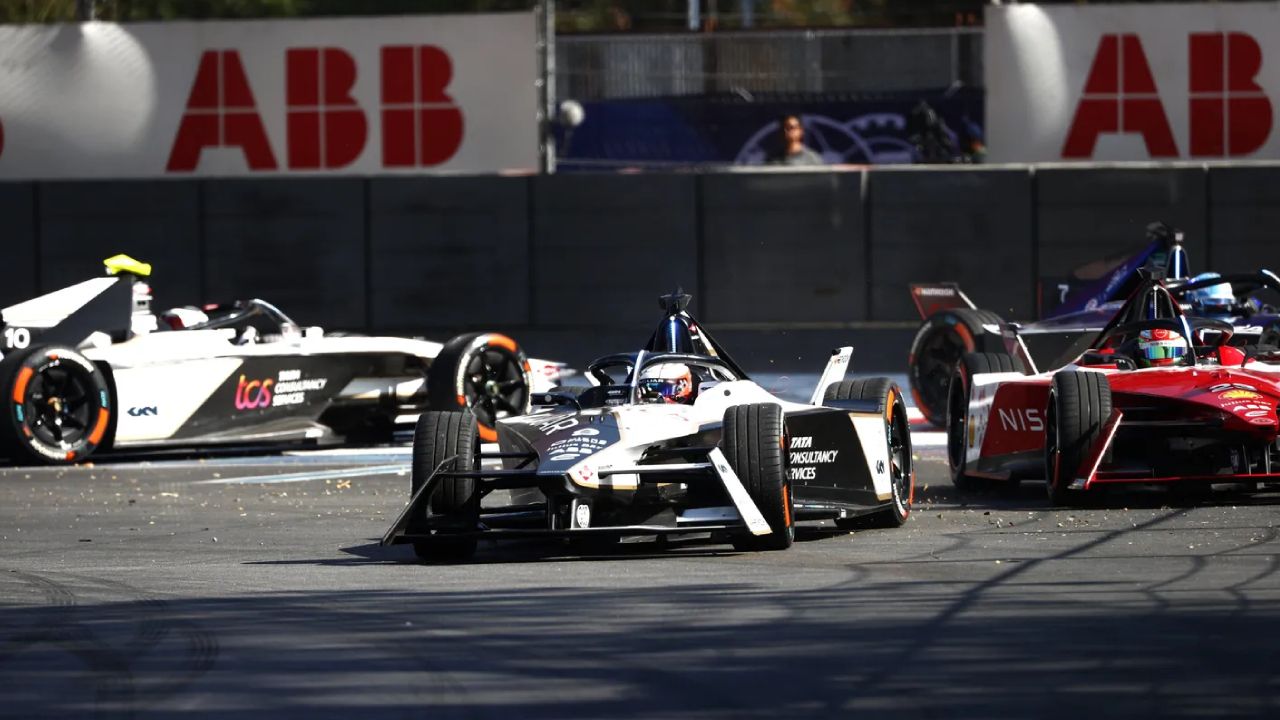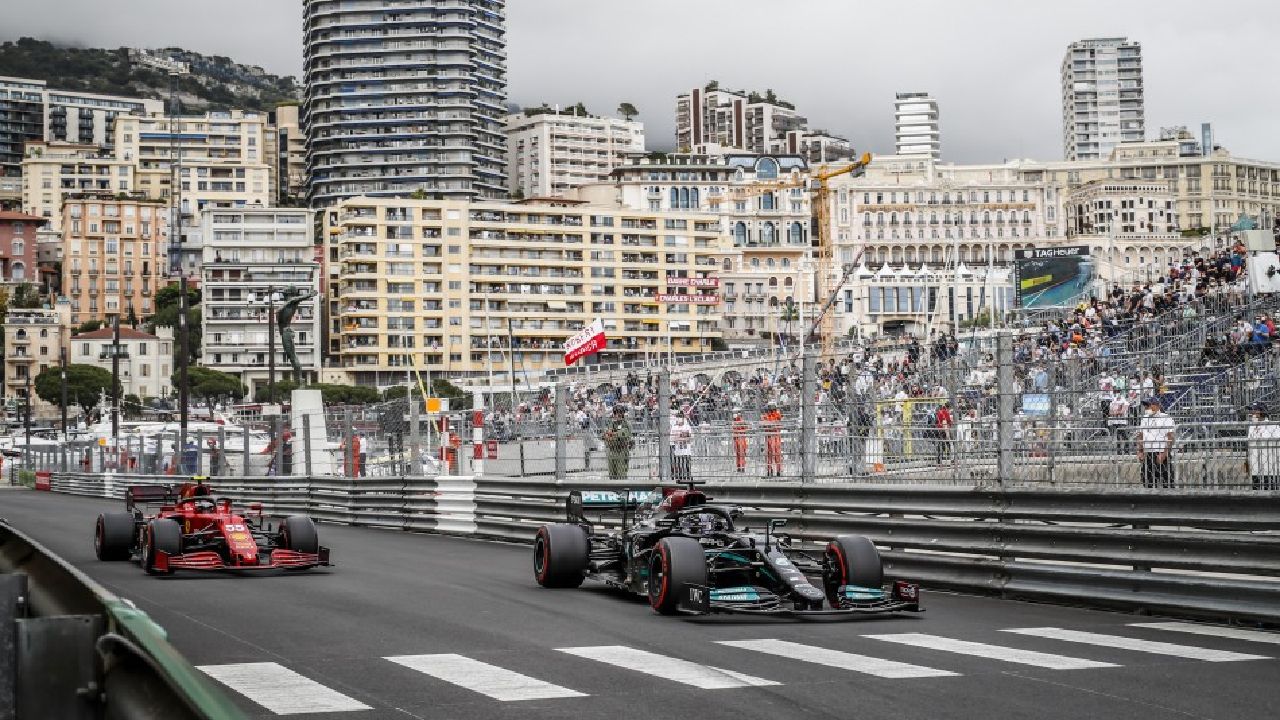
The 2023 Formula 1 Season is ongoing, and as you already know, Red Bull's Max Verstappen took victory in the opening round of the Bahrain Grand Prix, clinching a dominant 1-2 with team mate Sergio Perez finishing second. After a strong start to the season, it looks like Red Bull is the clear front-runner in the 2023 F1 championship standings. There are 23 Formula 1 races scheduled to take place at different venues around the world, with the exception of India. It has been almost a decade since the country hosted Formula 1 Grands Prix from 2011 to 2013.
Similar to the series of F1 Grand Prix, the Formula E World Championship is a top-tier racing series governed by the Fédération Internationale de l'Automobile (FIA), however it is an all-electric motorsport, while Formula 1 cars get hybrid engines. The 2023 Formula E championship is India's first, which hit the Hyderabad Street Circuit on February 11. It is currently in its ninth season, and the race cars are in their third generation. Now, in this story, we decided to pit the Formula 1 against the Formula E world championship to see how they fare out against each other in terms of their tracks, powertrains, mechanical specifications, and more.
Also Read: F1: Sebastian Vettel Could be Set for a Sensational Return to Formula 1 by Audi
Formula 1 vs Formula E: Track
Formula 1 races are held on closed circuits or dedicated race tracks, while Formula E cars run on tight street circuits in major global cities and are more open and accessible to people. In comparison, Formula 1 is accessible to some. Besides, a Formula 1 track is longer and faster with more straights and high-speed corners. On the other hand, a Formula E track is known for its narrow straights and tight bends, with almost negligible chances to overtake due to long traction and braking zones. Each Formula E circuit is anything between 2km and 4km per lap.
The fourth race of the 2023 ABB FIA Formula E World Championship was staged on the Hyderabad Street Circuit, which is a 2.835km long racing track with 18 corners. While a Formula 1 circuit, the Circuit de Spa-Francorchamps for instance, has a length of 7.004km with a race distance of 308.052km. Note that the length of Formula 1 tracks can vary.
Formula 1 vs Formula E: Powertrain, Top Speed
Under the hood, the Formula 1 cars receive turbo-charged hybrid engines (petrol and electric). They draw power from a 1.6-litre V6 turbo-charged engine in conjunction with a motor fuelled by a battery pack, thereby delivering around 1000bhp of maximum power. These cars are lightweight and capable of reaching a top speed of 360 to 370km/h.
On the other hand, the Formula E cars are powered by a 350kW battery at the rear axle producing 469bhp and a 250kW battery at the front generating 335bhp. Owing to its small battery capacity, the Gen3 car is lighter than the Gen2 unit and has a top speed of 322km/h.
Formula 1 vs Formula E: Race Time
E-Prix events are relatively shorter than Formula 1 races that usually last for nearly 90 minutes (1 hour 30 minutes), with a minimum of 300 to 305km of distance covered by team drivers. The circuit and the number of laps, however, can affect the length of a race. Whereas a Formula E race lasts for the amount of time drivers take to complete 33 laps (earlier, e-Prix races were approximately 45 minutes plus one lap). For instance, the Circuit de Monaco runs the Formula 1 race for 78 laps. In contrast, Monaco E-Prix takes place over 29 laps of the 3.337km circuit. At least one pit stop for tyres and repairs in every Formula 1 race is compulsory, whereas Formula E requires no pitstops.
Formula 1 vs Formula E: Operating Cost
Formula 1 cars use a hybrid powertrain set-up, which itself is the most complex and expensive technology, while Formula E takes advantage of battery electric powertrains that are comparatively more affordable to develop and maintain. Building a Formula 1 car from the ground up costs over USD 100 million. After all, each component used in the car is lightweight and revved up.
As a part of new financial regulations, a $ 135m cost cap has been finalised for the 2023 Formula 1 season until 2025, and for e-Prix, race teams are permitted to spend €13 million per season for Seasons 9 and 10.

























Write your Comment